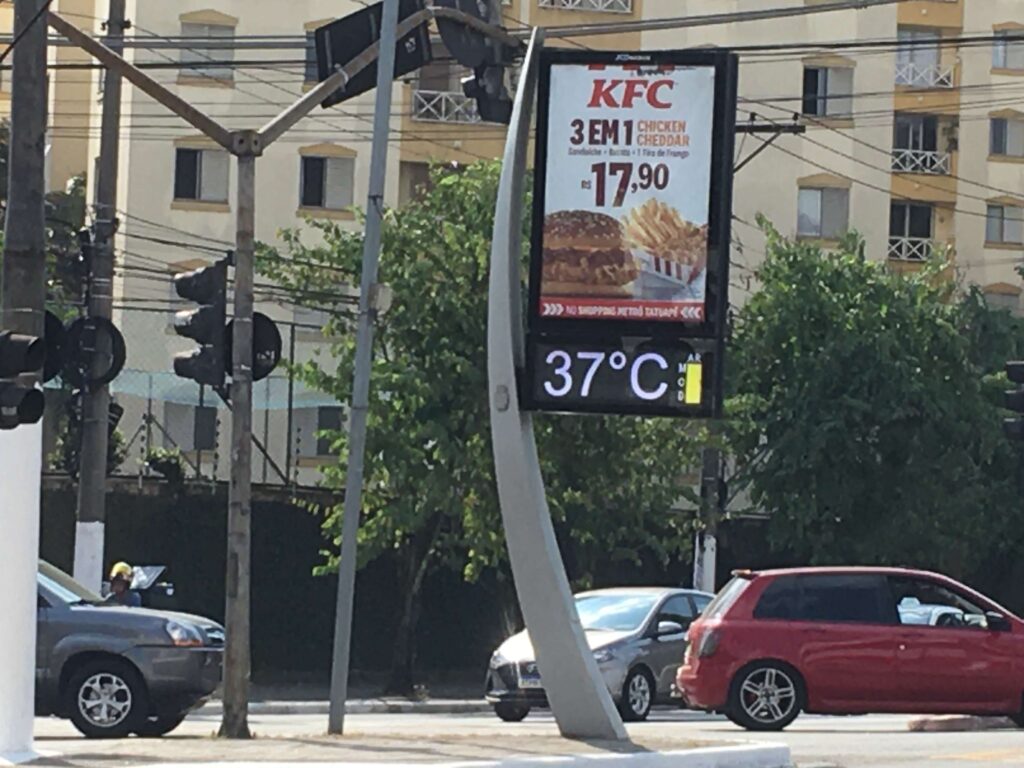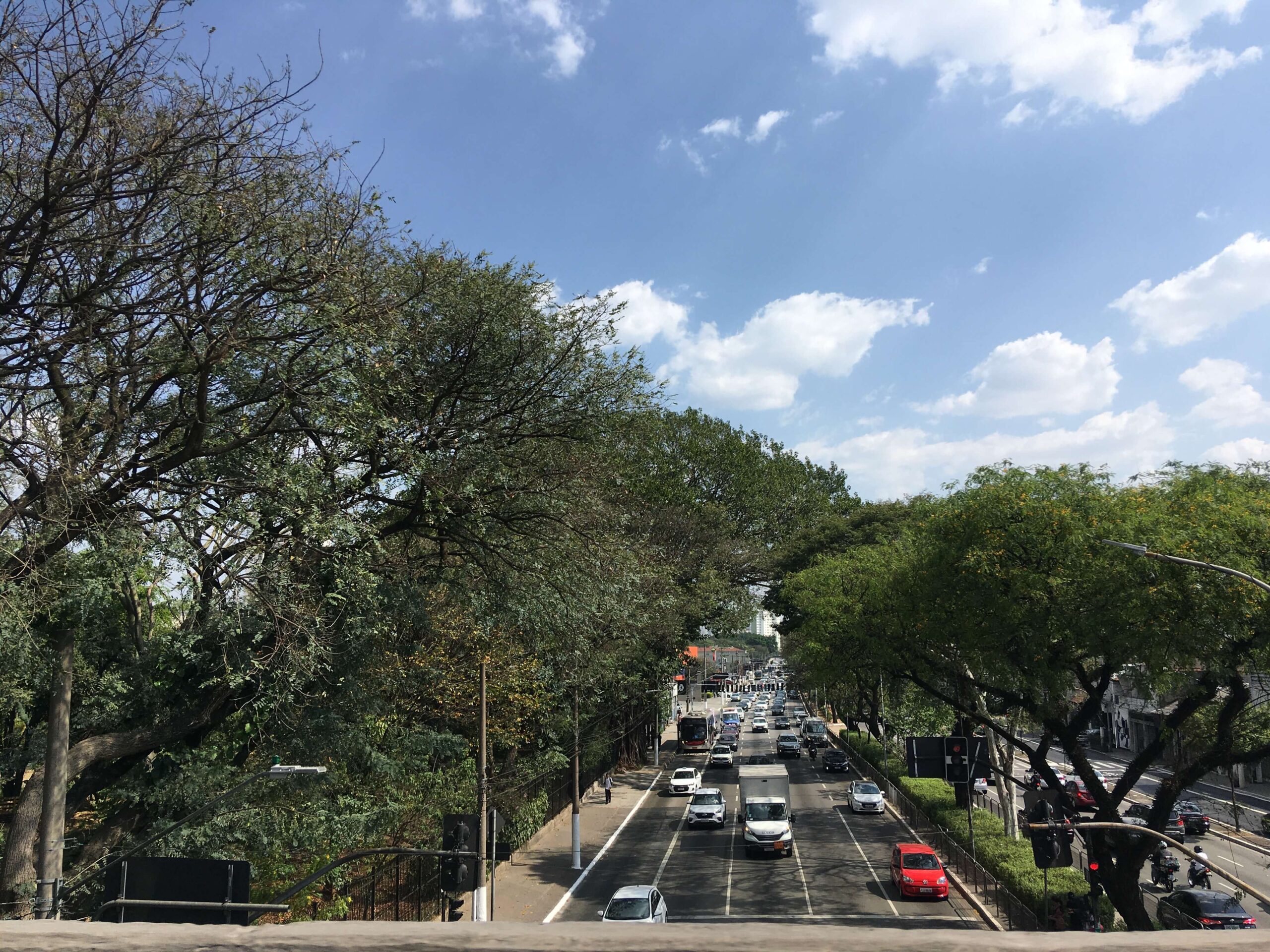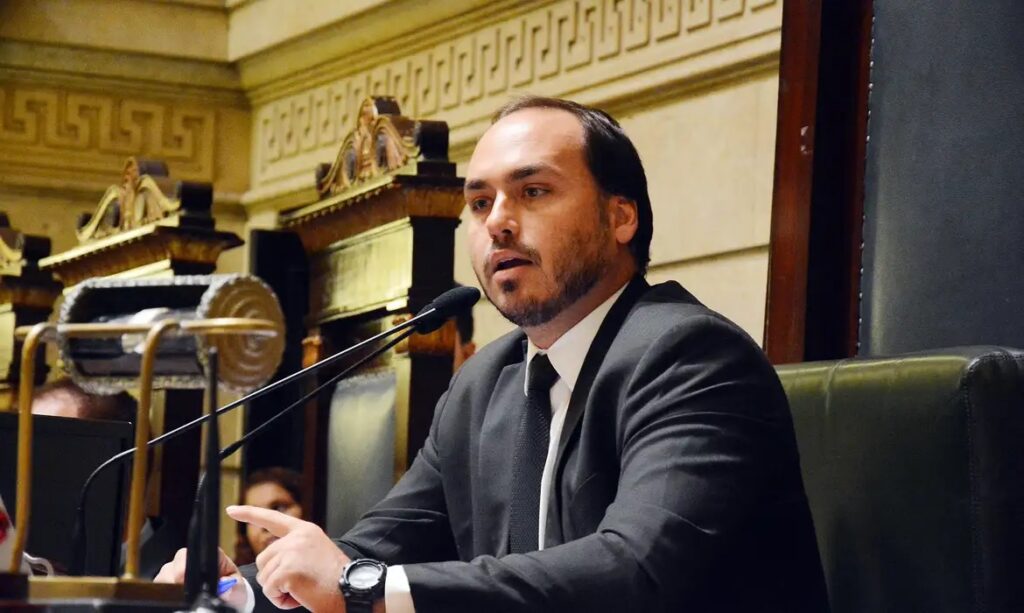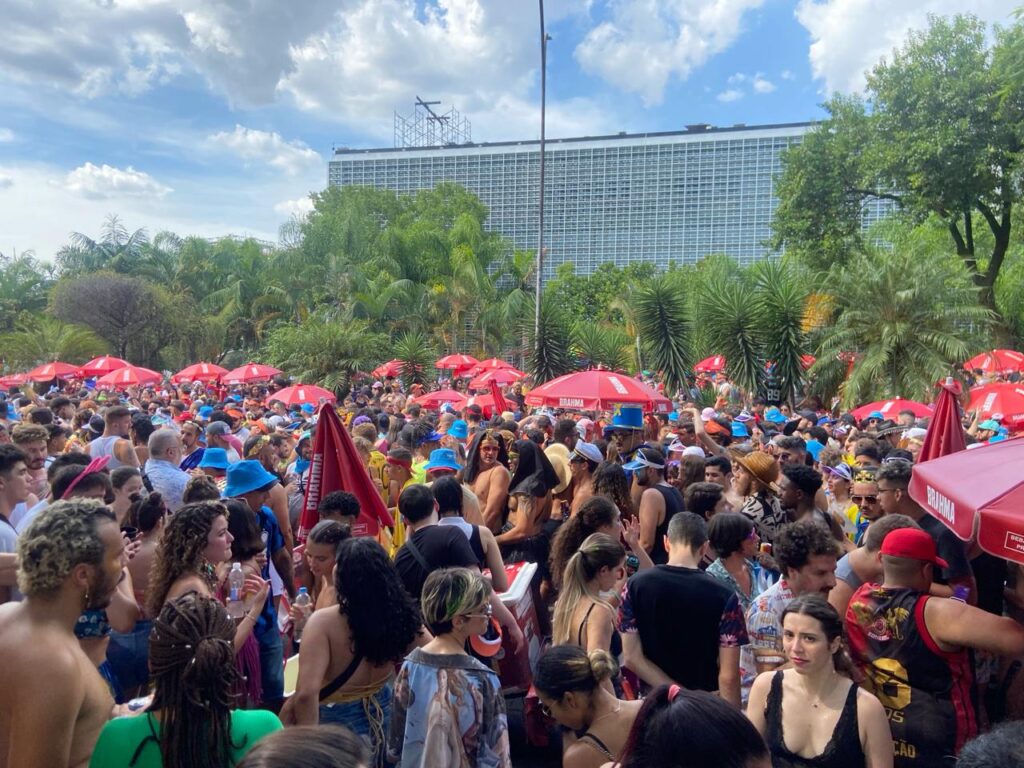São Paulo, Brazil – Brazil is experiencing a heat wave that’s very unusual for this time of year. Despite being winter in the southern hemisphere, several regions of the country have recorded temperatures of 40°C (104°F) and experts predict temperatures will maintain for the next few days.
Data from the National Meteorological Institute (Inmet) reveals that the Federal District and the states of Mato Grosso do Sul, Mato Grosso, Goiás, Minas Gerais, São Paulo, and Rio de Janeiro are likely to be the most affected by the heat. It’s possible that thermometers could record temperatures not seen even during summer months in these regions.
Josélia Pegorim, a meteorologist with Climatempo, told Brazil Reports that temperatures between 40°C and 41°C have been recorded every day in cities in the states of Mato Grosso, Goiás, Tocantins, Maranhão and Piauí since August 19.



According to Pegorim, heatwaves like these are observed almost every year in Brazil, but always in the spring. She said that in the spring months of September and October, heatwaves are more common because the frequent rains haven’t come yet, and days usually have more hours of sunshine. But such high temperatures in August, aren’t common.

“What is quite out of the ordinary are the very high temperatures we are seeing in São Paulo and other areas of the southeast and also in the South,” said Pegorim. “This August we’ve already had 33°C in Porto Alegre and several days with temperatures around 30°C in the city of São Paulo. The average maximum normal temperature for an August day in São Paulo is 24.5°C degrees and in Porto Alegre around 21°C,” she added.
Weather phenomenon El Niño is partly responsible for the heatwave, according to Pegorim.
El Niño is characterized by above-normal warming of the waters of the equatorial Pacific Ocean between Peru and Indonesia, altering the circulation of winds at various levels of the atmosphere over South America and causing changes in the natural path of cold fronts. The result, according to Pegorim, is that polar air coming from these cold fronts is not following a normal path usually observed throughout the winter.
“Globally we are seeing warmer oceans and the oceans are like a heat reservoir. Warmer oceans are reflected in a warmer atmosphere,” she said.
To cope with the heat, Inmet recommends that people in Brazil avoid physical exertion and exposure to the sun at the hottest times of the day, as well as redoubling their attention to hydration.
“In Brazil, it’s very likely that we’ll still have heat waves in September and October, even stronger than the one we’re seeing now in August,” said Pegorim. “As well as being naturally hotter months, the El Niño phenomenon will be even stronger and will have an even greater influence on the climate in Brazil.”











